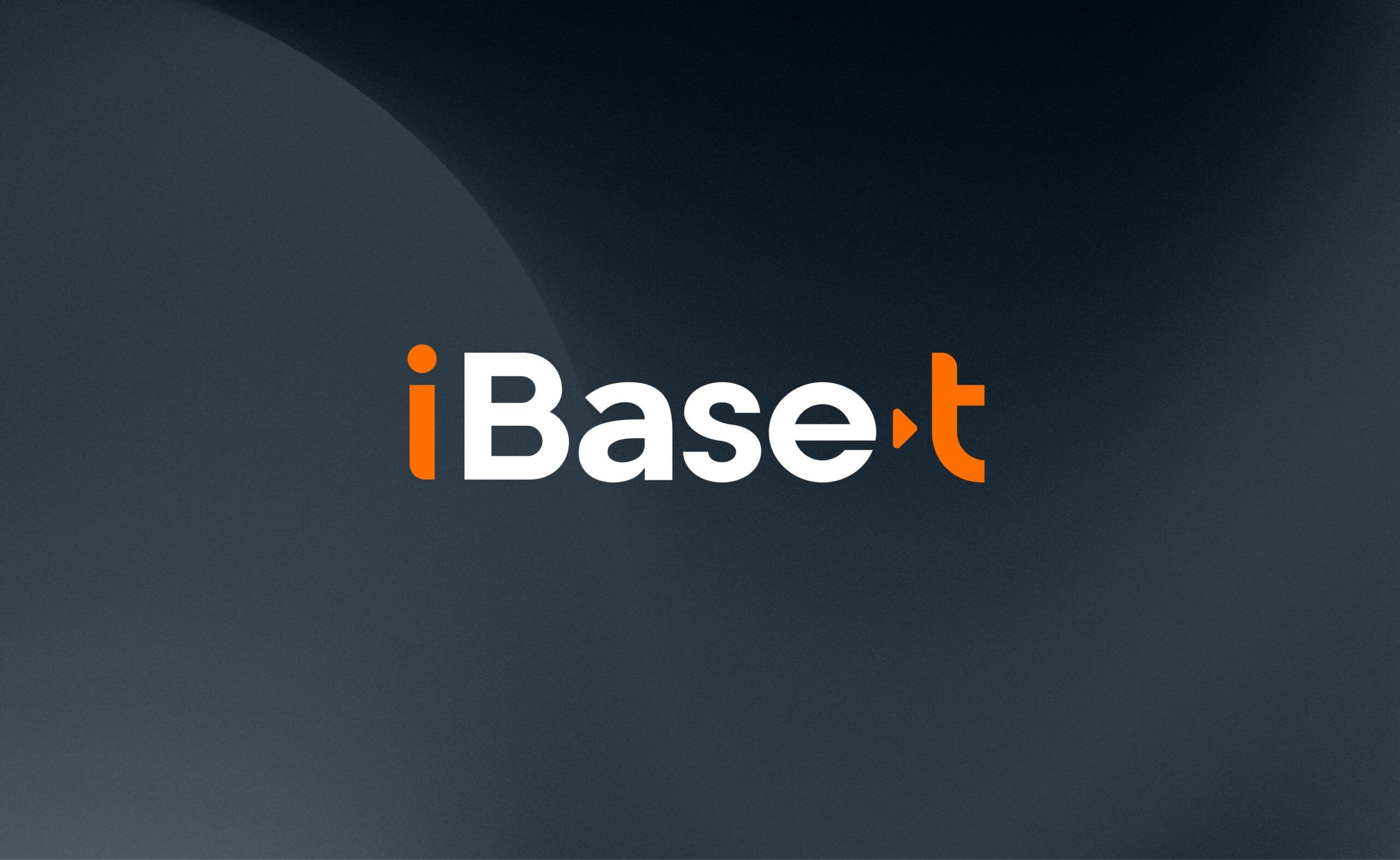In today’s fast-paced Aerospace and Defense (A&D) manufacturing landscape, precision, quality, and efficiency are essential. However, maintaining digital continuity throughout a product’s lifecycle is a challenge many manufacturers face. In fact, studies reveal that 3% of revenue is consumed annually by indirect activities and errors stemming from a lack of digital continuity. Moreover, 80% of defects are repeat occurrences, signaling a systemic problem within manufacturing processes.
Enter Model-Based Enterprise (MBE), a game-changing approach that ensures full continuity and digital evolution of manufactured products. From initial design to final assembly and maintenance, MBE allows A&D manufacturers to monitor, accelerate, and control every aspect of the operations lifecycle using 3D models and associated real-time data. This holistic digital approach provides a single source of truth accessible by everyone—from engineers to maintenance teams.
The Strategic Advantages of MBE in A&D
A shift to MBE offers significant advantages, particularly for industries like A&D, where quality and accountability are critical:
- Quality Assurance: By recording every step in the manufacturing process, MBE ensures that products are built correctly from the start, reducing costly rework and enhancing safety—a critical requirement in A&D manufacturing.
- Speed and Agility: MBE facilitates faster engineering change implementation. With 80-90% of engineering changes automated, manufacturers can reduce delays and increase production velocity.
- Operational Efficiency: The digital thread connects components, materials, processes, and personnel, streamlining workflows and cutting waste. Manufacturers can ultimately deliver a superior product faster and more cost-effectively.
As the industry moves toward digital twins —virtual representations of physical products—A&D manufacturers are expected to deliver a complete cyber-asset alongside physical assets to clients like the U.S. Department of Defense. MBE offers the infrastructure to do just that, creating a seamless connection between design, manufacturing, supply chain, and maintenance.
Challenges to MBE Adoption in A&D
Despite its clear benefits, many A&D manufacturers have been slow to adopt MBE, relying on traditional, less efficient methods. Some of the challenges include:
- Outdated Platforms: Many companies rely on ERP systems, which lack the detailed, real-time model integration needed to support a complete digital twin.
- Static Data: Paper-based processes and 2D models still dominate many workflows, locking critical data into physical formats that can’t be updated in real time.
- System Fragmentation: Many manufacturers use disparate systems across the supply chain, production, and maintenance stages. This fragmentation leads to integration headaches and inefficiencies, preventing a seamless transition to MBE.
Those implementing a model-based enterprise solution must be cautious of what Gartner Group calls the Hype Cycle of Manufacturing Operations Strategy, by setting proper expectations of results over time. To fully realize MBE’s benefits, manufacturers need a purpose-built solution that overcomes these obstacles, offering a unified, real-time view of operations.
How iBase-t’s Solumina MBE Transforms A&D Manufacturing
iBase-t’s Solumina, an MBE solution, is a groundbreaking advancement for A&D manufacturers. As the first model-based MES purpose-built for the industry, Solumina addresses the common challenges of digital transformation. It leverages 3D models, guiding shop floor technicians with precise, visual work instructions and providing end-to-end traceability and change continuity for every component and assembly.
By leveraging the power of Solumina’s unified system, manufacturers eliminate the inefficiencies of disparate platforms. The solution provides a complete digital thread across supply chains, production, and maintenance. It allows real-time updates and ensures all stakeholders can access the most accurate and current data. This capability dramatically reduces rework, minimizes system maintenance, and streamlines the production process.
The Bottom Line
Implementing a robust model-based enterprise strategy is no longer optional in A&D manufacturing—it’s a competitive necessity. The right MBE platform can help manufacturers redirect 3% of consumed revenue towards EBIT-DA, drive efficiency, and ensure the highest levels of product quality. According to industry research, companies with a comprehensive MBE strategy are 48% more likely to experience above-average revenue growth than their competitors and can expect a return on their investment within 4.7 years. According to Gartner, “Cost optimization and time savings come from shortened decision cycles and improved agility on both global and local bases. Accelerating innovation and bringing products to market faster are also important values gained from digital threads.” Read more about this in Gartner® Hype CycleTM for Manufacturing Operations Strategy, 2024
At iBase-t, we believe in empowering A&D manufacturers to lead the digital transformation. Solumina offers the tools needed to overcome today’s challenges and capitalize on tomorrow’s opportunities. Is your organization ready to embrace the future of aerospace and defense manufacturing?





